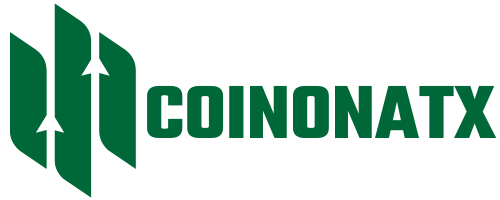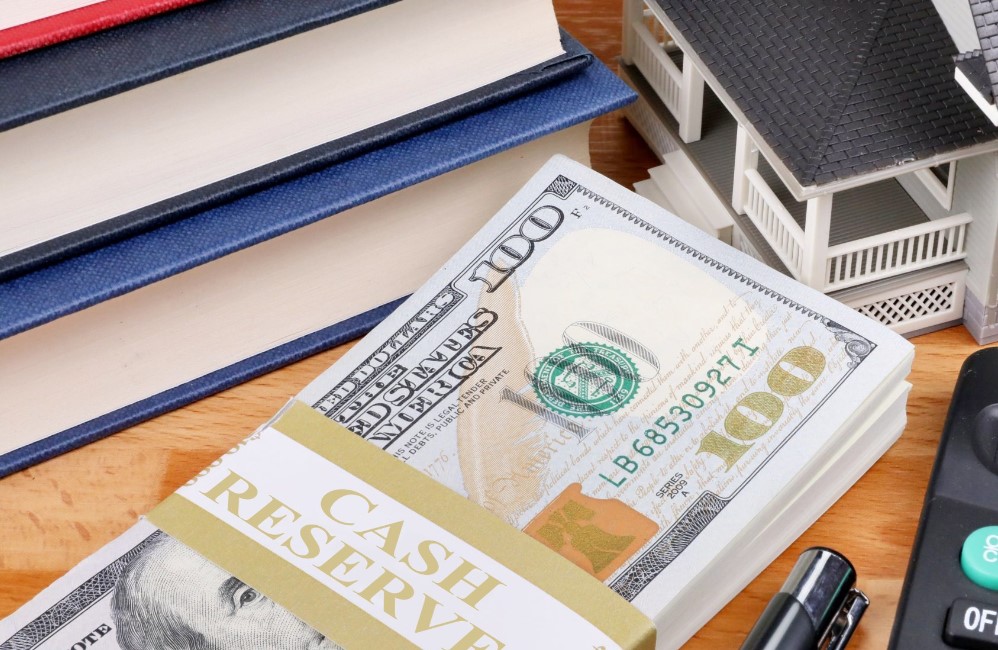When it comes to borrowing money, there are various options available in the market, and two of the most common ones are secured loans and unsecured loans. Both types of loans serve different purposes and come with their own set of advantages and disadvantages. In this article, we will delve into the details of secured and unsecured loans, highlighting their differences, and helping you make an informed decision.
What Are Secured Loans?

Definition and Characteristics
A secured loan is a type of loan that requires collateral to be pledged by the borrower to the lender as a form of security. Collateral can be any valuable asset such as real estate, a vehicle, or other valuable property. The presence of collateral provides the lender with a sense of security, which in turn allows them to offer lower interest rates and larger loan amounts.
Examples of Secured Loans
Common examples of secured loans include mortgage loans, auto loans, and secured personal loans. In the case of a mortgage loan, the house itself acts as collateral, while for an auto loan, the vehicle being financed is the collateral.
Pros and Cons of Secured Loans
Pros:
- Lower interest rates
- Larger loan amounts
- Easier approval for individuals with lower credit scores
Cons:
- Risk of losing the collateral if unable to repay the loan
- Lengthy approval process due to collateral evaluation
What Are Unsecured Loans?
Definition and Characteristics
Unsecured loans, as the name suggests, do not require any collateral from the borrower. Instead, they are approved based on the borrower’s creditworthiness and financial history. Since the lender takes on a higher risk in unsecured loans, the interest rates are generally higher compared to secured loans.
Examples of Unsecured Loans
Examples of unsecured loans include personal loans, credit cards, and student loans. Personal loans are typically used for various purposes, and they do not require any collateral. Credit cards are a form of revolving credit, while student loans help finance education expenses.
Pros and Cons of Unsecured Loans
Pros:
- No risk of losing collateral
- Faster approval process
- Suitable for individuals without valuable assets
Cons:
- Higher interest rates
- Limited loan amounts
- More stringent eligibility criteria
Key Differences Between Secured and Unsecured Loans

Collateral Requirement
The primary difference between secured and unsecured loans is the requirement of collateral. Secured loans need collateral, while unsecured loans do not.
Interest Rates
Secured loans come with lower interest rates due to the presence of collateral, while unsecured loans have higher interest rates to compensate for the increased risk.
Loan Approval Process
Secured loans generally have a longer approval process as the lender needs to evaluate the collateral’s value and authenticity. Unsecured loans, on the other hand, have a quicker approval process since no collateral is involved.
Loan Amounts
Secured loans allow borrowers to access larger loan amounts compared to unsecured loans, which usually have lower borrowing limits.
Repayment Terms
Secured and unsecured loans may have varying repayment terms. Secured loans often come with longer repayment periods, while unsecured loans may have shorter terms.
Credit Requirements
Unsecured loans typically require a higher credit score compared to secured loans, which may be more lenient with credit scores.
Risks and Implications
The risk associated with secured loans lies in the potential loss of collateral if the borrower defaults on payments. In unsecured loans, the risk is primarily borne by the lender, leading to higher interest rates.
Which Loan Is Right for You?
The decision between secured and unsecured loans depends on your specific financial situation, credit score, and borrowing needs. If you have valuable collateral and are seeking a larger loan with lower interest rates, a secured loan might be the better choice. On the other hand, if you lack valuable assets and need a quick loan with a higher interest rate, an unsecured loan could be more suitable.
Tips for Choosing the Right Loan
- Assess your financial situation and borrowing needs before making a decision.
- Understand the risks involved in both types of loans.
- Compare interest rates and repayment terms from various lenders.
- Check your credit score to determine your eligibility for unsecured loans.
- Seek professional advice from financial experts if needed.





Leave a Reply